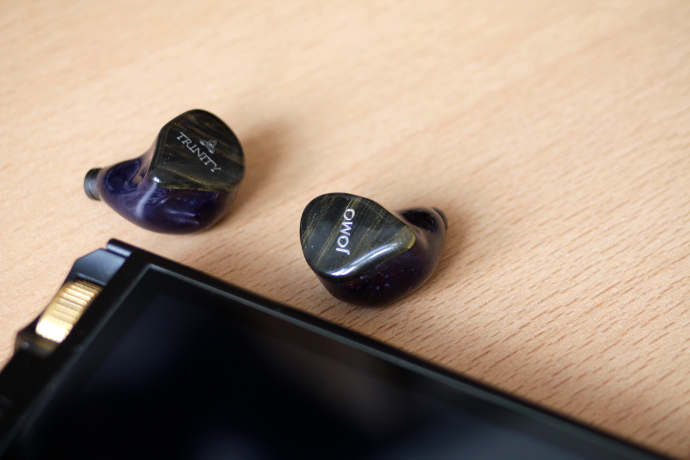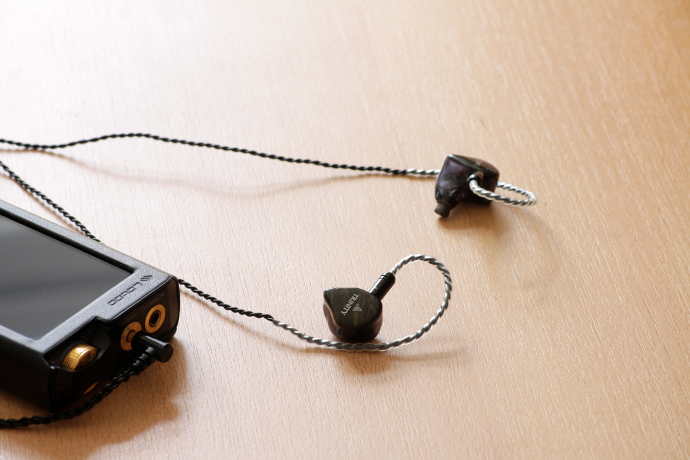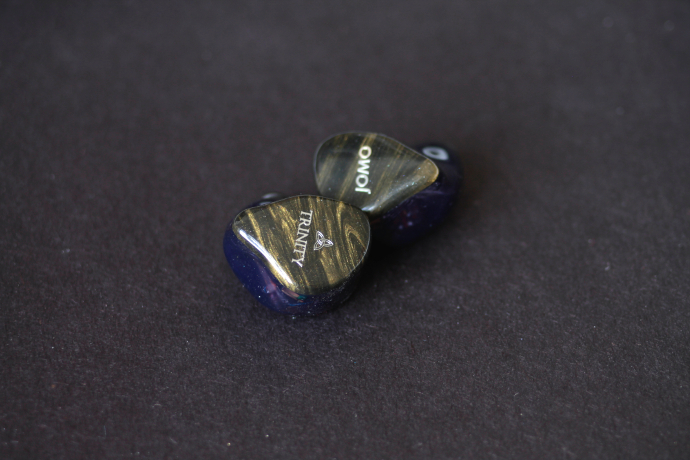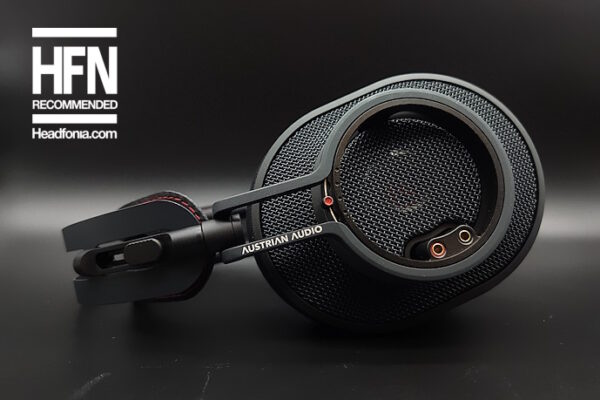qdc – Anole VX (10BA; 2,436$)
The Anole VX is one of the very few recently released all BA flagships. While all other brands seem to go into the hybrid and tri-brid direction qdc decided to get their BA models to perfection.
The VX is overall more balanced, yet still on a slightly warmer side of things. It however, is not close to the thick warmth of Trinity. The Jomo places bass and lower mids more upfront and gives them higher priority. The Anole VX only has a slight tilt towards that region.
Bass on the qdc is something quite special to me. For an all BA design it manages to create a bass reproduction very similar to a dynamic driver. Although it is still limited in extension, it goes nicely deep. The Trinity extends further into sub-bass and gives this segment more attention. Trinity’s bass seems to have higher resolution with more weight and body.
Mids are not too different on these two models, if it weren’t for the strong lower mids of Trinity. The qdc does not put as much attention into the lower midrange as Jomo’s. Trinity sounds denser and heavier, while the qdc is airier, lighter and faster. The vocals of the Anole VX are some of the best I have heard in an In Ear Monitor and they can’t be matched by the Trinity. VX puts more emotions in them, and for that the Anole often grabs me. It manages to connect me better to my music.
When we’re looking at highs, it’s quite obvious that these monitors are different. The Anole has better extension, more sparkle, higher clarity and just more energy in its treble. The Jomo seems cut-off and shy in comparison.
64 Audio – A18t (18BA; 2,999$)
The A18t has been 64 Audio’s flagship CIEM for over two years now, and it’s still holding up to the current competition very well. The A18t is more neutral and comes with surgical precision. It separates instruments a lot sharper than Trinity.
Both of these monitors are catering to different folk. The A18t is one of the best performers when it comes to technical finesse. It has a much higher resolution, creates a wider and deeper sound stage and images sharper than the Trinity. The Jomo again has a more prominent bass section, more weight in its lows and extends wider into sub-bass. The A18t has a more liquid bass, while the Trinity convinces with punch and thunder.

Jomo Audio Trinity
Mids are richer and more neutral on the A18t, with vocals that sound more emotional. Instruments are more organic, but lighter on the A18t to me. The Jomo gives them more body and weight in comparison. There is more air and higher clarity in the mids of the 64 Audio than I can find in Trinity. The A18t is known for its impressive transparency in the midrange. This is something the Jomo can’t match in my opinion.
The A18t comes with 64 Audio’s proprietary tia high drivers. They produce a very effortless treble section. Jomo’s Trinity does not extend as wide as the A18t does and it has a wildly different treble tuning as well. The Trinity is a lot calmer, more relaxed and laid-back. The A18t has a brighter top end, with higher energy and sparkle. However, the A18t is, just like Trinity, free of fatigue and sibilance.
Conclusion:
The Trinity was the world’s first of many electrostatic tri-level hybrids. It set off a trend that is now all over portable audio. Since it’s introduction we have seen a lot of new monitors using this kind of setup.
Trinity is an intimate and full sounding monitor. It puts the main focus on bass and lower midrange. If you’re a fan of warm and thick sound, then this might be something for you. Bass heads could find their pleasure in Trinity’s tuning. The standard configuration of Trinity doesn’t do it justice in my opinion. The cable it comes with holds down its performance. Luckily that can be solved rather easy, but for the asking price I think a more premium solution would be justified.

Jomo Audio Trinity
We have just been getting started with the electrostatic drivers, while I myself am not too convinced of this technology yet, I think it has a lot of potential. We will definitely see more of these IEMs soon. Jomo obviously has spent a good amount of time tweaking the new Sonion e-stats. I’m excited to hear what Jomo comes up with next using these drivers. As the first adopter I’m sure they have been cooking something.







